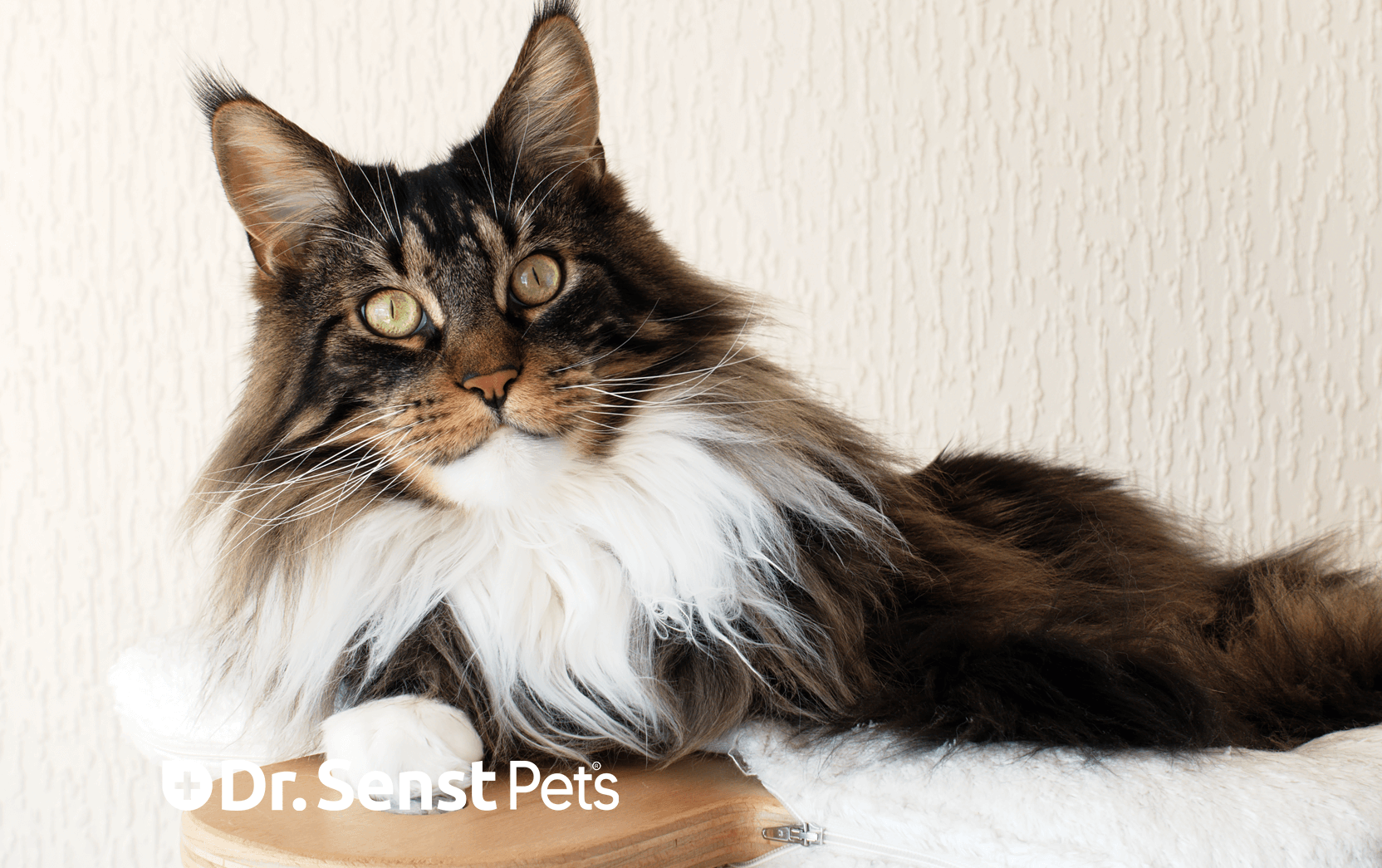
- by Dr.Thilo Senst
Best Hypoallergenic Cat Foods for Sensitive Skin: Top Picks for Relief
- by Dr.Thilo Senst
Cats with sensitive skin often suffer from allergies or intolerances, leading to conditions such as itching, dryness, or redness. For these felines, switching to a hypoallergenic diet is one of the most effective ways to manage and prevent flare-ups of skin issues. By addressing dietary triggers, owners can help soothe their cat’s sensitive skin and improve overall wellbeing.
In this guide, we will explore the best hypoallergenic cat foods available for cat sensitive skin, explaining how specific ingredients can alleviate common skin issues. We will also delve into the benefits of hypoallergenic diets, the common allergens to avoid, and practical tips for cat owners.
Cats, like humans, can develop skin sensitivities due to various factors. One of the primary triggers is diet. Cats with food allergies or intolerances often manifest symptoms through their skin. These can range from itching and inflammation to more serious conditions like dermatitis.
Switching to a hypoallergenic diet can provide numerous benefits for cats suffering from sensitive skin:
Hypoallergenic cat foods are formulated to eliminate common allergens, leading to a reduction in inflammation and itching. Ingredients like fish, hydrolysed proteins, and omega-3 fatty acids are known to soothe sensitive skin.
Foods rich in essential fatty acids, such as omega-3 and omega-6, improve the skin’s natural barrier function, helping to lock in moisture and prevent dryness.
Cats with sensitive skin often have related digestive issues. By switching to hypoallergenic food, you not only help the skin but also improve your cat’s overall digestion, resulting in better nutrient absorption.
With a consistent hypoallergenic diet, cats experience long-term relief from recurring skin problems, leading to a healthier, more comfortable life.
| Common Allergen | Hypoallergenic Alternative |
|---|---|
| Beef | Hydrolysed protein (fish or lamb) |
| Dairy | Lactose-free or dairy-free options |
| Grains (wheat, corn) | Grain-free formulas |
| Artificial additives | Preservative-free, natural foods |
| Chicken | Novel proteins (venison, rabbit) |
Finding the right hypoallergenic cat food is essential for managing your cat’s sensitive skin. Below are some of the best options available in the UK market, known for their high-quality ingredients and skin-soothing properties.
Royal Canin is renowned for its specialised diets, and their hypoallergenic formula is designed for cats with food sensitivities. This food contains hydrolysed protein and is free from common allergens, helping to reduce inflammation and improve overall skin health.
This grain-free formula uses turkey as a novel protein source and is enriched with omega-3 and omega-6 fatty acids to promote healthy skin and a glossy coat. It is ideal for cats with grain or chicken allergies.
Hill’s z/d is formulated for cats with severe food sensitivities and contains hydrolysed protein to prevent allergic reactions. It is clinically proven to reduce food-related skin reactions and is a popular choice among UK veterinarians.
Purina’s hypoallergenic diet is made with single-hydrolysed protein and is designed to minimise the risk of adverse food reactions. It is ideal for cats with chronic skin conditions and supports skin barrier health.
Think of your cat’s skin as a protective shield. Just as armour shields a knight from harm, your cat’s skin defends against external irritants and allergens. However, when their diet contains allergens, it's like putting cracks in the armour—making it easier for irritants to cause damage. A hypoallergenic diet works like a blacksmith, mending and strengthening that armour, ensuring it stays intact and functional.
Switching your cat to a hypoallergenic diet requires patience and care to avoid further irritation.
Introduce the new food slowly over 7-10 days. Gradually increase the proportion of hypoallergenic food while decreasing their current diet to prevent digestive upset.
Keep a close eye on your cat’s skin during the transition. If the symptoms worsen or new issues arise, consult your vet for further guidance.
Always read the ingredient label carefully. Some hypoallergenic foods may still contain ingredients that could trigger allergies in sensitive cats.
Q: How long does it take to see results after switching to a hypoallergenic diet?
A: Most cats begin to show improvement within 4-6 weeks. However, it can take up to 12 weeks for significant changes in skin condition.
Q: Can I feed my cat regular treats while they are on a hypoallergenic diet?
A: It’s important to avoid regular treats as they may contain allergens. Opt for hypoallergenic treats or use small portions of their new food as a treat.
Q: How do I know if my cat is allergic to their food?
A: Symptoms of food allergies include itching, redness, gastrointestinal issues, and in some cases, hair loss. Consult your vet for testing and recommendations.
Managing cat sensitive skin through diet is one of the most effective ways to provide relief for your pet. By selecting a high-quality hypoallergenic cat food and monitoring your cat’s skin condition, you can help alleviate symptoms and improve their quality of life. Be sure to consult your vet before making any significant changes to your cat’s diet to ensure that it meets their specific nutritional needs.
![]()
Enter your details & download our comprehensive 50+ page printable Dr. Senst Pet Care Planner completley FREE! - keep track of all your pet’s needs, from medical history and training to vet visits, grooming, diet, and more!










Share:
Preventing Cat Ear Infections: Proactive Tips for Feline Ear Health
Autumn Safety Tips for Your Dog's Well-Being: A Seasonal Guide to Dog Health